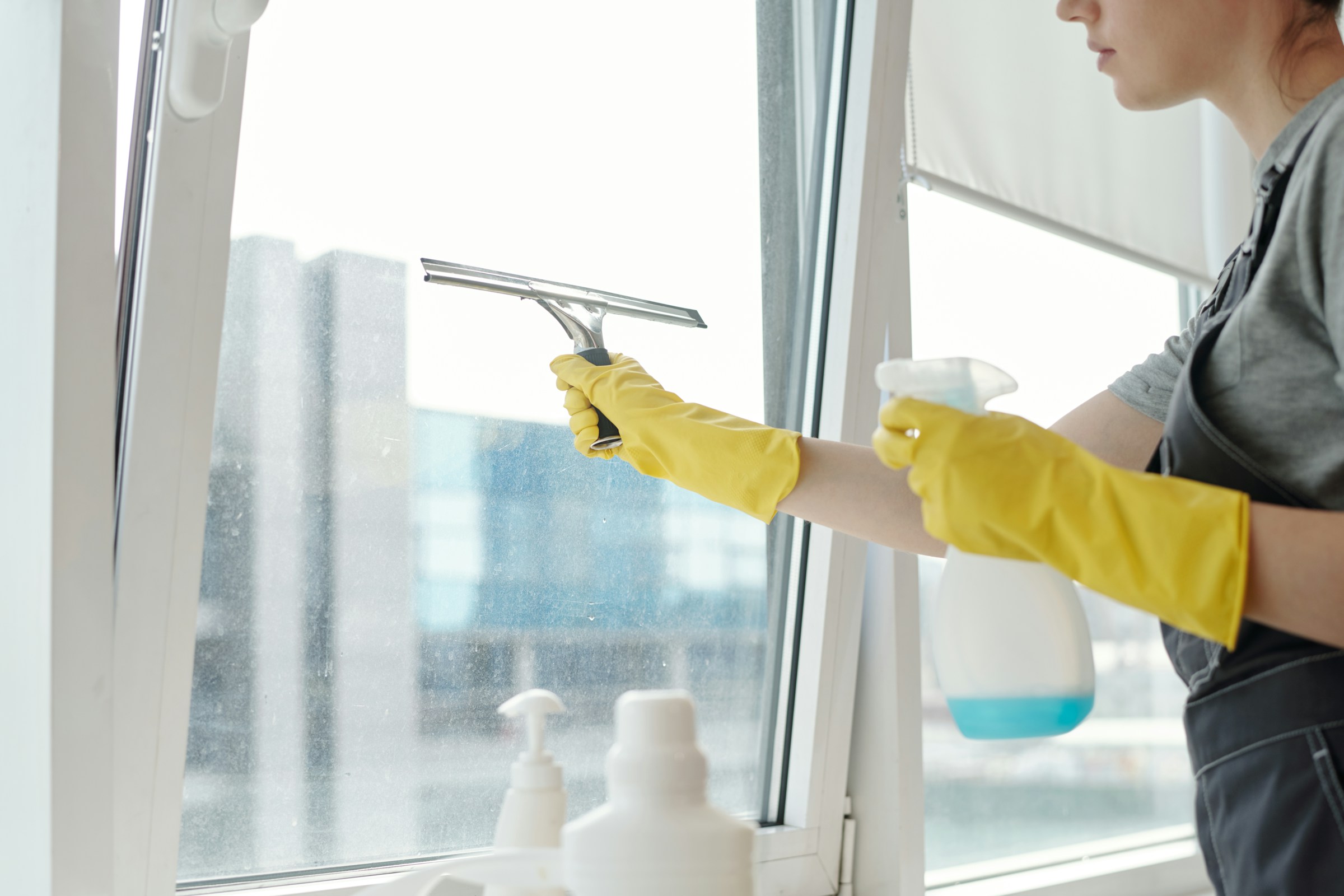As the summer heat intensifies and the sun’s rays become more unforgiving, many homeowners and car enthusiasts turn to window tinting as a practical solution to combat the scorching temperatures and protect their interiors.
However, despite its widespread popularity, window tinting is often shrouded in myths and misconceptions that can leave people hesitant or misinformed. In this comprehensive article, we’ll debunk some of the most common window tinting myths, shedding light on the truth and empowering you to make an informed decision.

Introduction: Embracing the Benefits of Window Tinting
Window tinting has become an increasingly popular choice for those seeking to enhance their comfort, privacy, and overall driving or living experience. Tinted windows offer a range of benefits by reducing the amount of heat and harmful U.V. rays that penetrate through glass, from energy savings to protection against fading and skin damage. However, as with any widely adopted solution, myths and misconceptions have emerged, often fueled by misinformation or outdated beliefs.
Window Tinting Myths #1: Window Tinting is Illegal
One of the most persistent myths surrounding window tinting is the belief that it is illegal. While it’s true that some states and municipalities have regulations governing the level of tint darkness allowed, window tinting itself is not inherently illegal.
In fact, many jurisdictions recognize the benefits of window tinting and have established guidelines to ensure safety while allowing for its responsible use. To dispel this myth, it’s essential to familiarize yourself with the specific laws and regulations in your area. Most reputable window tinting companies are well-versed in these regulations and can guide you through the process, ensuring that your tint meets the legal requirements.
Window Tinting Myths #2: Window Tinting is Expensive
Another common misconception is that window tinting is an expensive endeavor reserved only for those with deep pockets. However, this couldn’t be further from the truth. While the cost of window tinting can vary depending on factors such as the quality of the film, the size of the vehicle or home, and the complexity of the installation, it is generally an affordable investment that can pay dividends in the long run. Consider the following statistics:
- According to a U.K. government source, Windows accounts for 18% of home heat loss.
- Replacing single-glazed windows with double-glazing in a typical gas-heated home can save between $50 and $155 per year, depending on the home type and window energy rating.
- Low-e coatings on windows can reduce energy loss by 30-50% compared to regular windows while costing only 10-15% more.
- According to the U.S. Department of Energy, ENERGY STAR-certified windows can save homeowners 8-15% on energy costs.
By reducing energy consumption and protecting your interiors from fading and damage, window tinting can save you money in the long run, making it a wise investment for your comfort and your wallet.
Window Tinting Myths #3: Window Tinting Reduces Visibility
One of the most common concerns surrounding window tinting is the perception that it can significantly reduce visibility, especially at night or in low-light conditions. While darker tints can impact visibility to some degree, modern window tinting films are designed to strike a balance between privacy, heat rejection, and visibility.
Many high-quality window tinting films are engineered to be optically clear, allowing ample light transmission while providing the desired heat level and U.V. protection.
Additionally, reputable window tinting companies can recommend the appropriate tint level based on your specific needs and local regulations, ensuring that visibility is not compromised.
Window Tinting Myths #4: Window Tinting Causes Bubbling and Peeling
Another persistent myth is that window tinting is prone to bubbling, peeling, or delamination over time, leading to an unsightly appearance and potential safety hazards. However, this myth is largely rooted in outdated or low-quality tinting products and improper installation techniques. Modern window tinting films are designed to be durable and long-lasting, with advanced adhesive systems that ensure a seamless and bubble-free installation.
Additionally, reputable window tinting companies employ trained professionals who follow strict installation protocols, ensuring the film is applied correctly and adheres to the glass surface. Many high-quality window tinting films come with extensive warranties to further dispel this myth, providing peace of mind and protection against premature failure or defects.
Examples of Successful Window Tinting Applications
To further illustrate the advantages of window tinting, let’s explore a few real-world examples:
- Residential Window Tinting: Imagine a homeowner in a hot, sunny climate who struggles with excessive heat and glare in their living spaces. Installing high-quality window tinting can significantly reduce the amount of heat and UV rays entering their home, creating a more comfortable and energy-efficient environment. Additionally, the tinting helps protect their furniture, artwork, and flooring from fading and damage caused by prolonged sun exposure.
- Commercial Window Tinting: Consider a busy office building where employees often complain about glare on their computer screens and excessive heat during summer. By tinting the windows, the building management can improve the overall comfort and productivity of their workforce while also reducing energy costs associated with excessive air conditioning usage.
- Automotive Window Tinting: For car enthusiasts and daily commuters alike, window tinting can be a game-changer. It enhances the vehicle’s aesthetic appeal and provides privacy, reduces interior heat buildup, and protects the dashboard and upholstery from fading and cracking due to UV exposure. Additionally, many drivers report feeling more comfortable and focused on the road, thanks to the reduced glare and improved visibility provided by high-quality tinting films.
The Bottom Line:
By addressing these frequently asked questions, we hope to provide you with a comprehensive understanding of window tinting and its numerous benefits, dispelling any remaining myths or concerns you may have.
Frequently Asked Questions:
Can window tinting be removed if needed?
Yes, window tinting can be removed if necessary, although it’s generally recommended to have it done by professionals to avoid damaging the glass. Reputable window tinting companies use films that are designed for easy removal, ensuring a clean and seamless process if you ever need to remove or replace the tinting.
Is window tinting safe for my car’s electronics and sensors?
High-quality window tinting films are designed to be compatible with modern vehicle electronics and sensors, such as backup cameras, lane departure warning systems, and automatic rain sensors. Reputable window tinting companies use films that are specifically engineered for automotive applications, ensuring seamless integration with your vehicle’s technology.
Is window tinting safe for my car’s electronics and sensors?
High-quality window tinting films are designed to be compatible with modern vehicle electronics and sensors, such as backup cameras, lane departure warning systems, and automatic rain sensors. Reputable window tinting companies use films that are specifically engineered for automotive applications, ensuring seamless integration with your vehicle’s technology.
